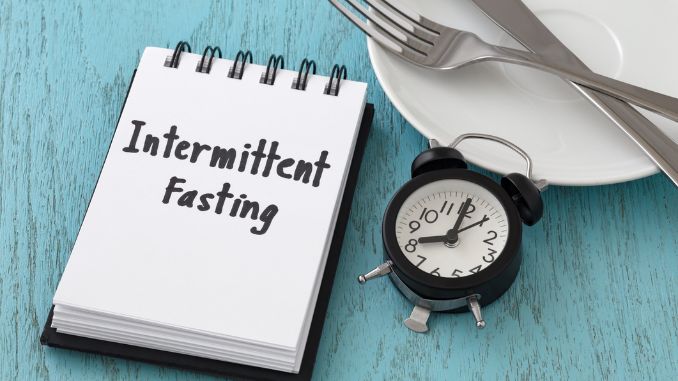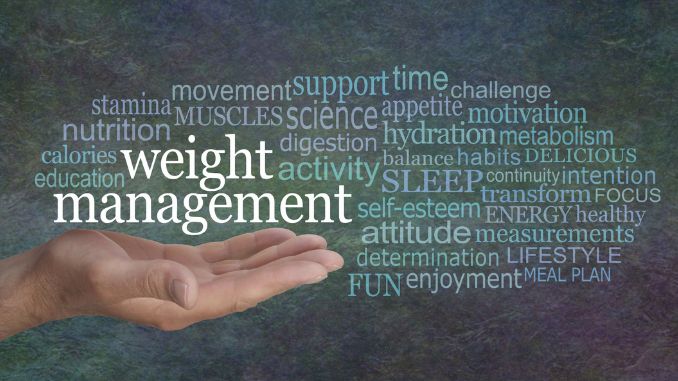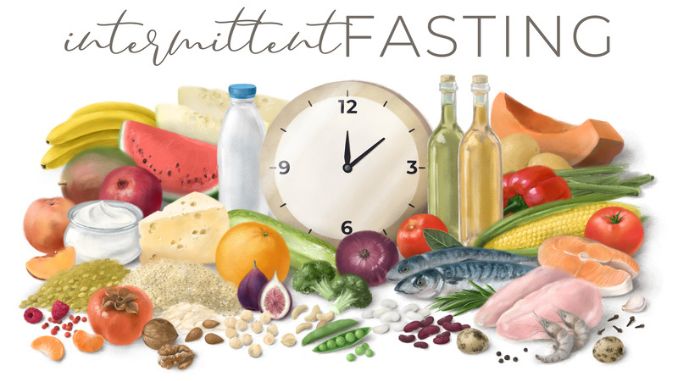Mastering Intermittent Fasting For Women Over 50: Transform Your Health

Last updated on April 11th, 2025 at 07:26 pm
Intermittent Fasting for Women Over 50 involves alternating between times of eating and not eating. It focuses on when you eat, not what you eat. People either eat during a set part of the day or sometimes go longer without food.
This method helps the body burn fat more efficiently, which can lead to weight loss and other benefits like better metabolism, longer life, and improved brain health.
Understanding Intermittent Fasting

Intermittent fasting is a flexible diet plan that can be tailored to fit different lifestyles and health goals, making it great for menopausal and postmenopausal women. It focuses on when you eat, not what you eat, alternating between periods of fasting and eating.
Methods like the 5:2 and 16/8 intermittent fasting (IF) are adaptable to different schedules. A study in the International Journal of Environmental Research and Public Health [¹] involved 45 women over 60 following a 16-hour fasting daily regimen, resulting in significant body fat reduction and improved body composition. Participants lost about 2 kg, reduced their body fat, and maintained muscle mass, showing that this method is effective and easier to stick to than other diets.
Intermittent fasting helps women over 50 tackle age-related issues like increased body fat and insulin resistance. By consuming fewer calories in designated eating windows, it aids in weight and blood sugar control, and improves blood pressure. Adequate protein intake is paramount to preserve muscle mass during this diet.
The Benefits Of Intermittent Fasting For Women Over 50
Intermittent fasting (IF) [²] is a dietary approach where individuals alternate between periods of eating and extended fasting, which can range from 16 to 48 hours, interspersed with intervals of normal food intake.
Intermittent fasting provides many health benefits for women over 50, from improving metabolism to changing body composition:
1. Reduces Body Fat
By alternating between periods of eating and fasting, women over 50 can target body fat reduction, aiding in maintaining a healthy body composition.
2. Improves Insulin Resistance
Intermittent fasting can enhance insulin sensitivity, which is crucial for improving blood sugar levels and reducing the risk of type 2 diabetes, a common concern for postmenopausal women.
3. Promotes Eating Fewer Calories
This eating pattern naturally leads to calorie restriction without the need for meticulous calorie counting, supporting weight loss and metabolic health.
4. Enhances Metabolic Health
Regular fasting intervals can improve various metabolic markers, including blood sugar and blood pressure levels, contributing to overall wellness.
5. Aids in Weight Management

For menopausal women struggling with weight gain due to hormonal changes, intermittent fasting provides a strategy to manage body weight effectively.
6. Regulates Blood Sugar
By improving insulin resistance, intermittent fasting helps in supporting blood sugar levels, which is essential for preventing diabetes and managing energy levels.
7. Supports Blood Pressure Regulation
Intermittent fasting can contribute to lowering blood pressure, reducing the risk of cardiovascular diseases.
8. Prevents Muscle Mass Loss
With proper protein intake during eating windows, intermittent fasting helps ensure that weight loss is predominantly from fat, not muscle, preserving muscle mass and strength.
9. Addresses Menopausal Weight Gain
Intermittent fasting can be a particularly effective approach for menopausal women to lose weight and combat the common midlife weight gain.
How Intermittent Fasting Works For Women Over 50

Intermittent fasting works by switching between eating and fasting states. When you eat, food turns into glucose for energy, with extra stored in the liver and muscles. During fasting, the body utilizes stored fat for energy. This method helps menopausal women lose weight by improving metabolism.
For women over 50, intermittent fasting helps manage weight gain from hormonal changes during menopause. It balances hormones, improves insulin sensitivity, and supports weight control during metabolic shifts.
The Different Types Of Intermittent Fasting Protocols

Intermittent fasting (IF) switches between periods of eating and not eating, offering various styles to match personal routines and lifestyles.
Here are some common intermittent fasting methods:
1. 16/8 Method

The Leangains protocol involves fasting for 16 hours daily and eating during an 8-hour window, like from noon to 8 pm. This method, especially the 16:8 routine, effectively improves body composition in older women and is easy to stick with due to its low dropout rate.
2. 5:2 Diet
This method, known as the Fast Diet, entails eating normally for five days a week and then cutting back to about 500-600 calories on the other two non-consecutive days.
3. Eat-Stop-Eat
This method applies not eating for 24 hours, once or twice a week, such as from one dinner to the next.
4. Alternate-Day Fasting (ADF)
With this protocol, you alternate days of normal eating with days of fasting or significant calorie reduction (about 500 calories).
5. Warrior Diet
This diet applies eating small amounts of raw fruits and vegetables throughout the day and having one big meal at night within a 4-hour window.
6. Time-Restricted Feeding (TRF)
Time-Restricted Feeding (TRF) is another way to do intermittent fasting, similar to the 16/8 method. In TRF, you limit your eating to a shorter period each day, typically 8 hours or less. This style focuses on when you eat during the day to help manage your eating habits.
7. One Meal a Day (OMAD)
This extreme form of IF involves consuming all of your daily calories in just one meal each day, essentially fasting for around 23 hours.
Combining Intermittent Fasting With Exercise For Optimal Results

Intermittent fasting, when combined with regular exercise, can enhance fat-burning and weight loss. Ensuring enough protein intake helps maintain muscle mass. Mix cardio activities like cycling or walking with strength training to build muscle and boost metabolism. Choose exercises that you enjoy and match your fitness level.
Potential Risks And Considerations For Women Over 50

When it comes to women over 50, there are specific risks and considerations to keep in mind in various contexts, be it health, fitness, diet, or lifestyle changes:
- Bone Density Concerns: As estrogen levels decline after menopause, women are at a higher risk for osteoporosis. Activities or diets that don't support bone health can exacerbate this risk.
- Hormonal Fluctuations: The hormonal changes during menopause can affect physical and mental health. Any new regimen, especially diets like intermittent fasting or intense exercise programs, should be approached with caution.
- Heart Health: Women's risk of heart disease rises post-menopause. It's crucial to monitor heart health, especially when undertaking significant lifestyle changes or new fitness routines.
- Muscle Mass Maintenance: With age, maintaining muscle mass becomes more challenging. Exercise regimens should include strength training to preserve muscle mass and support metabolism.
- Joint Health: Increased risk of arthritis and joint pain in older age means that high-impact exercises might need to be modified or avoided.

- Chronic Health Conditions: Pre-existing conditions like diabetes, hypertension, or any chronic illness require careful management and consideration when making lifestyle changes.
- Nutritional Needs: Older women have specific nutritional requirements, especially concerning calcium, vitamin D, and protein, to support bone health, muscle maintenance, and overall vitality.
- Medication Interactions: The potential interactions between new health regimens and existing medications should be carefully considered to avoid adverse effects.
- Mental Well-being: Mental health is critical at every age. Significant lifestyle changes can impact mental well-being and should be approached with a strategy that includes mental health support.
Conclusion

Intermittent fasting can significantly benefit women over 50 by offering a customizable approach for weight loss and health improvement, including better insulin sensitivity and higher energy levels. However, it's not a standalone solution and should be combined with a balanced diet, regular exercise, stress management, and enough sleep.
Discover the Best Foods That Rapidly Slim & Heal in Just 7 Days! Click the link below to unlock the secret foods that can transform your body and boost your health!
Rick Kaselj MS, is a leading kinesiologist and injury specialist as well as co-creator of the best-selling Unlock Your Hip Flexors program. Rick creates exercise programs that help people heal injuries and eliminate pain, so they can go back to living a full, active, healthy life.






